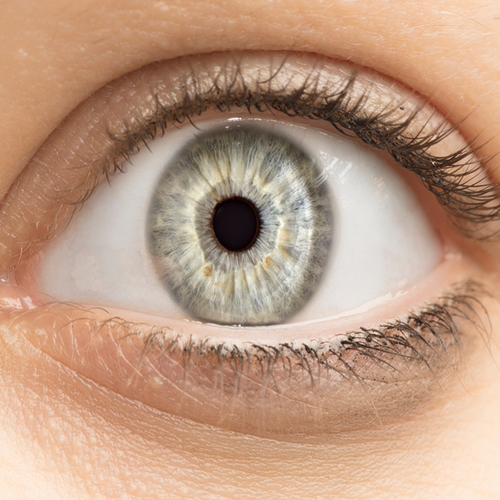
Iridology
Alternate names: Bilan Iridologique, Diagnostic par l'Iris, Irido-diagnostique, Iridiologie, Iridología, Iridologist, Iridologue, Iridology Analysis, Iris, Iris Diagnosis
Background
Iridology practitioners diagnose disease or medical conditions by examining the colored portion (iris) of the eye.
Iridology is not used to treat disease. It is used to diagnose disease, but there is no good scientific evidence to support this use.
Iridology is not used to treat disease. It is used to diagnose disease, but there is no good scientific evidence to support this use.
Safety Safety definitions
There isn't enough reliable information to know if iridology is safe. Since it is not an invasive practice and does not involve taking any substance, it is not likely to be harmful. But since iridology is not proven to accurately diagnose disease, there is concern that an iridology diagnosis could be wrong or that medical conditions could be missed. An inaccurate or missed diagnosis could result in no treatment, delayed treatment, or inappropriate treatment.
Special Precautions & Warnings:
Pregnancy and breast-feeding: There isn't enough reliable information to know if iridology is safe to use when pregnant or breast-feeding. Stay on the safe side and avoid use.Effectiveness
NatMed Pro rates effectiveness based on scientific evidence according to the following scale: Effective, Likely Effective, Possibly Effective, Possibly Ineffective, Likely Ineffective, Ineffective, and Insufficient Evidence to Rate.
Insufficient evidence Effectiveness definitions
- Diagnosing cancer. Early research shows that iridology practitioners do not consistently or accurately diagnose various cancers including breast, ovary, uterus, prostate, or colorectal cancer.
- Diagnosing gallbladder disease. According to iridologists, gallbladder disease is a condition easily identified. But there is evidence that iridology practitioners do not consistently or accurately diagnose gallbladder disease.
- Diagnosing high blood pressure. According to iridologists, people with high blood pressure are more likely to have a "neurogenic" constitution.
- Diagnosing kidney disease. There is evidence that iridology practitioners do not consistently or accurately diagnose kidney disease.
- Diagnosis of other diseases and medical conditions.
Dosing & administration
The appropriate or safe use of iridology depends on several factors such as the condition being treated or the person administering the treatment. Be sure to seek and follow relevant directions from your physician or other healthcare professional before using this treatment.
Interactions with pharmaceuticals
It is not known if this treatment interacts with any medicines. Before using this treatment, talk with your health professional if you take any medications.
Interactions with herbs & supplements
There are no known interactions with herbs and supplements.
Interactions with foods
There are no known interactions with foods.
Action
Iridologists believe that sections of the eye correspond to specific organs or systems of the body. They think that abnormalities in the appearance of the eye suggest disease or the likelihood of getting a particular disease. Some iridologists believe that the appearance of the eye can be used to suggest dietary needs. However, there is no scientific support for these beliefs.
vital.ly has licensed monographs from TRC Healthcare.
This monograph was last reviewed on 30/03/2023 11:00:00 and last updated on 19/06/2015 02:16:39. Monographs are reviewed and/or updated multiple times per month and at least once per year.
Natural Medicines disclaims any responsibility related to medical consequences of using any medical product. Effort is made to ensure that the information contained in this monograph is accurate at the time it was published. Consumers and medical professionals who consult this monograph are cautioned that any medical or product related decision is the sole responsibility of the consumer and/or the health care professional. A legal License Agreement sets limitations on downloading, storing, or printing content from this Database. No reproduction of this monograph or any content from this Database is permitted without written permission from the publisher. It is unlawful to download, store, or distribute content from this site.




